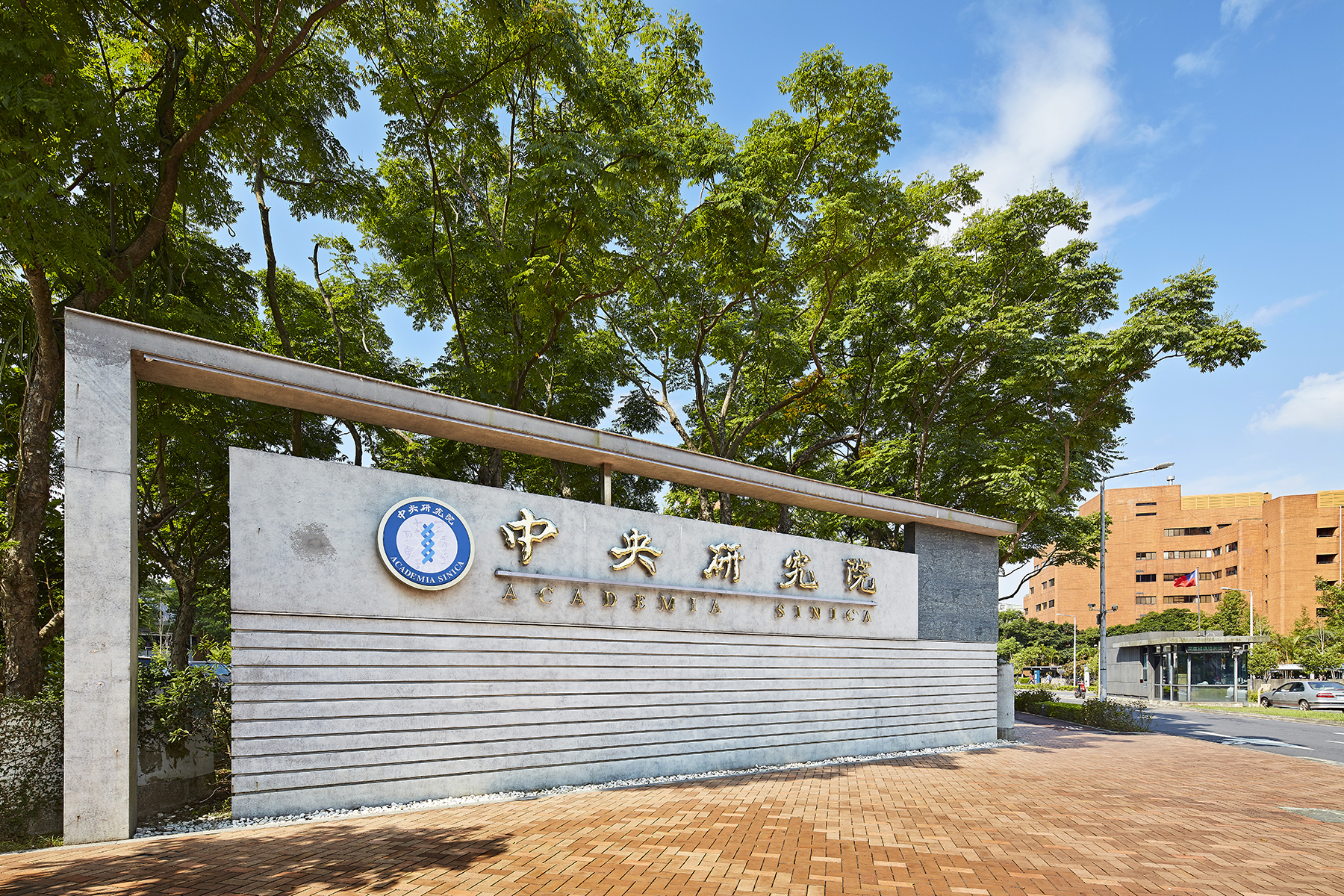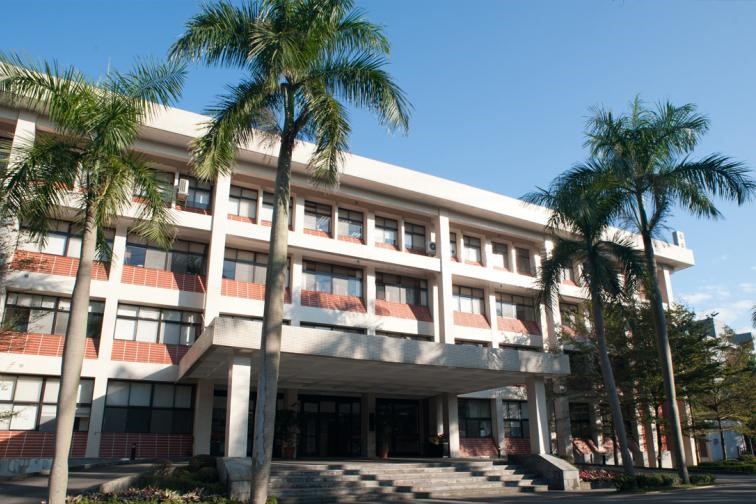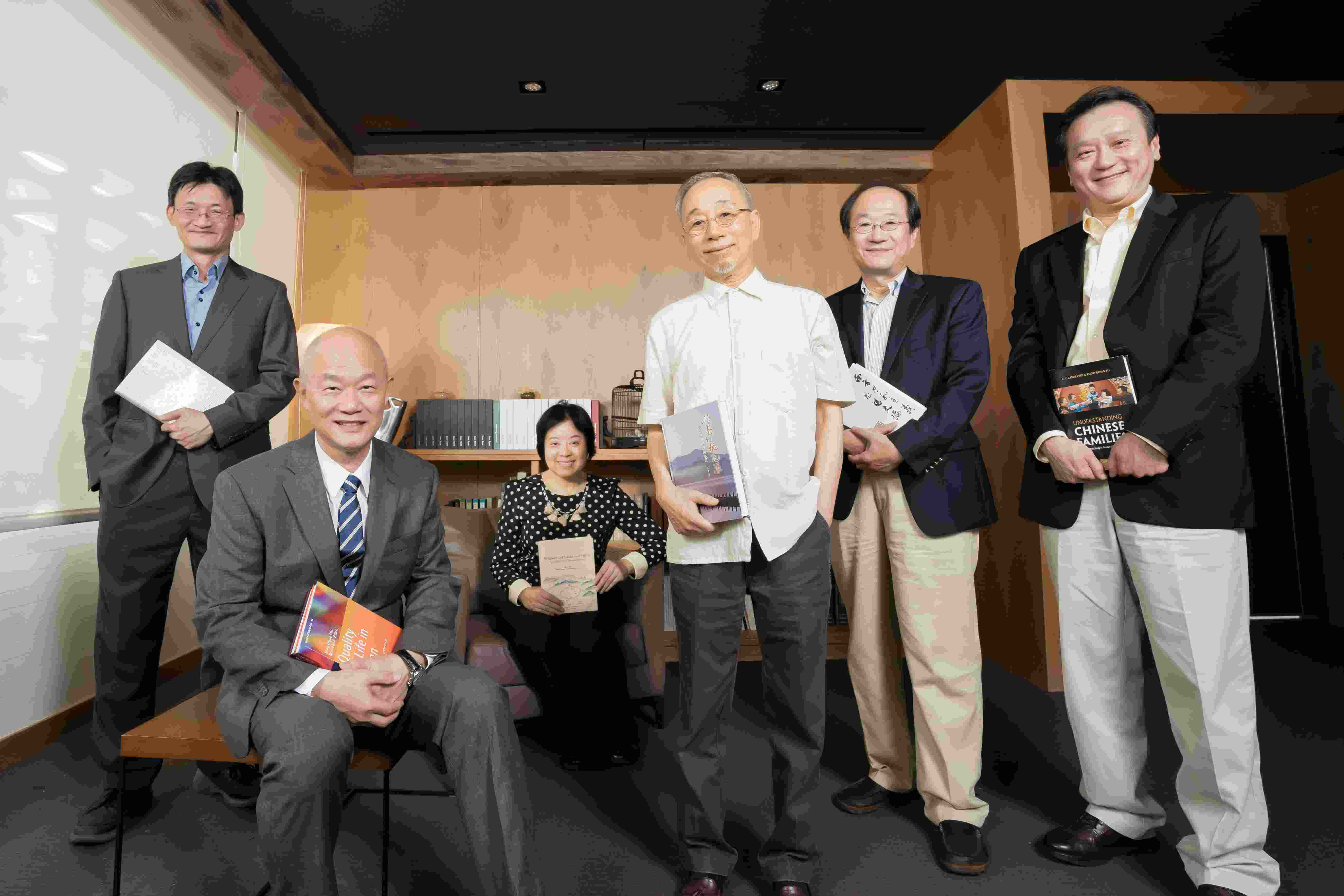- Lectures
- Institute of Biomedical Sciences
- Location
B1B Lecture Room, IBMS
- Speaker Name
Mr. Marvin Angelo Esteban Aberin (TIGP-MM Student)
- State
Definitive
- Url
Despite advances in immune checkpoint blockade (ICB) therapy for various cancers, breast cancer still shows limited response to anti-PD-1/PD-L1 treatment. Urgent exploration of alternative ICB targets is needed to improve therapeutic efficacy. Here, we found that endocrine therapeutics, specifically tamoxifen, shapes an adverse but ready-to-fire tumor microenvironment for anti-CEACAM1/TIM3 therapy. Tamoxifen activates the cGAS/STING and type I interferon (IFN-I) pathways by leveraging its DNA-damaging potential, and by downregulating the RACK7/KDM5C histone demethylase complex. This tamoxifen–RACK7/KDM5C–IFN-I regulatory network promotes a pro-inflammatory tumor microenvironment with enhanced lymphocyte infiltration. However, simultaneous upregulation of CEACAM1 leads to exhaustion of the infiltrating T-cells, impairing their ability to eliminate tumors. Tamoxifen’s modulatory impact on STING, IFN-I signaling, and CEACAM1 is evident in both ER-positive (ER+) and ER-negative (ER-) tumors. Introducing anti-CEACAM1/TIM3 therapy counters tamoxifen’s immunosuppressive effects, potentially improving the efficacy of current ICB therapy. These findings suggest that employing similar strategies could enhance patient benefits in clinical trials.
Keywords: Tamoxifen, RACK7/KDM5 histone demethylase complex, type I interferons, cGAS/STING pathway, immunotherapy, CEACAM1/TIM3 blockade, breast cancer
Taiwan International Graduate Program in Molecular Medicine,
National Yang-Ming University and Academia Sinica
Doctoral Dissertation









 Home
Home

